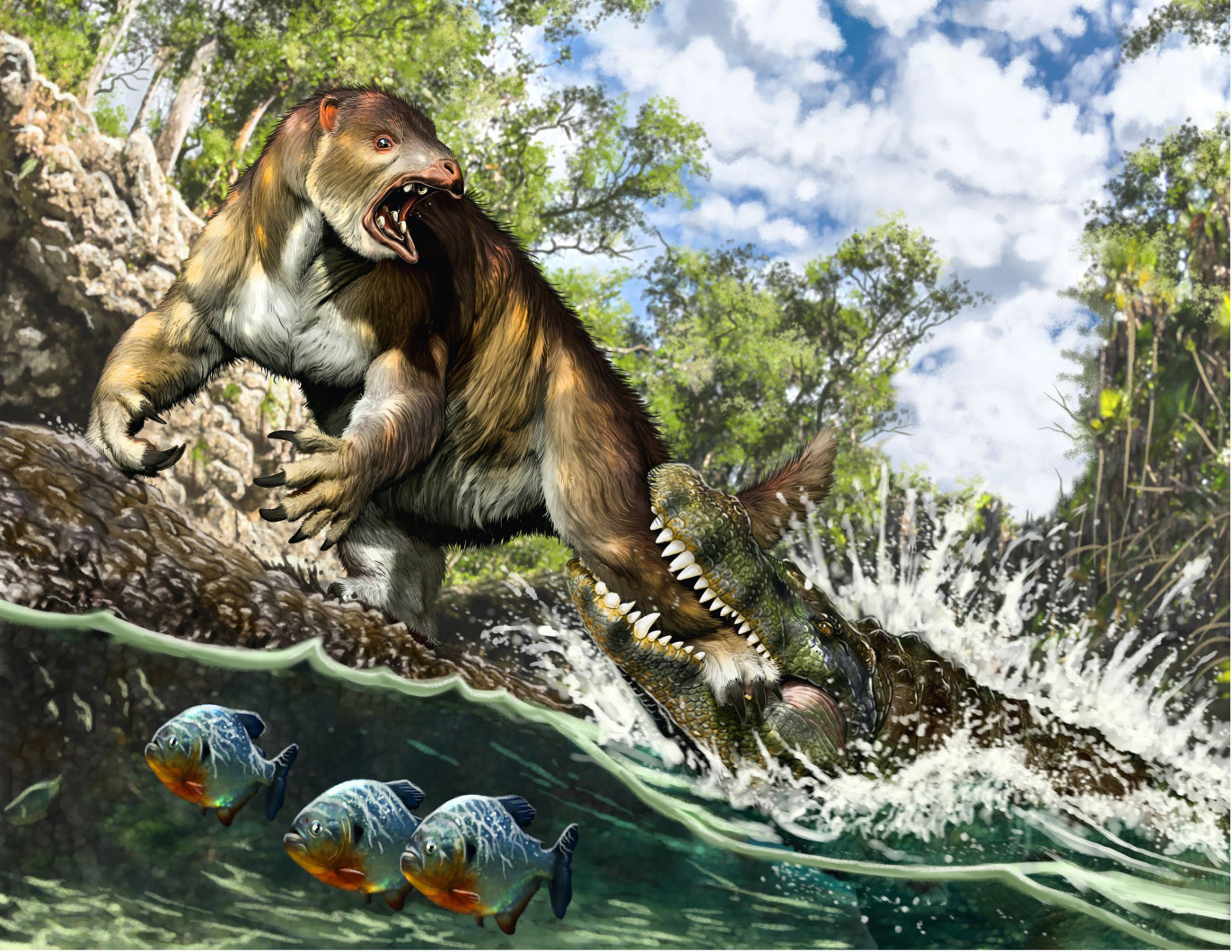A recent study of bones from an early historic Iroquois site includes a comparison with the much earlier animal bones from the Lamoka Lake site as well as some interesting passenger pigeon finds.
Adam Watson and Stephen Cox Thomas studied animal bones from the early 18th century Townley-Read site in the Finger Lakes region of New York State. The Seneca who lived at the site may have hunted deer year-round. Deer hides, as well as furs from other animals, would have been traded with European colonists. The detailed taphonomic analysis also indicates that deer bones were likely processed to extract the fat-rich grease from the spongy portions of the bones. This is usually considered to be evidence of nutritional stress, but they make the case that processing for bone grease was “a planned accumulation of resources rather than an ad hoc response to seasonal food shortfalls.” (p. 115)
Also of interest is the identification of passenger pigeon bones from one feature at the site. Passenger pigeon, of course, tends to be present at prehistoric archaeological sites in the region with good bone preservation, but in this case, four of the bones are from immature pigeons, providing good evidence specifically for the procurement of squabs in the springtime.
A small number of American eel bones, in contrast, are more likely to indicate fishing in the fall, when eels are heading downstream to spawn.
As a whole, the assemblage has some interesting differences from both earlier and later archaeological sites in New York. The authors provide a detailed and well-researched analysis of the animal bones from this Iroquois site to make the point that “the evidence for economic resilience and stability at Townley-Read contradicts a narrative of pervasive and unimpeded decline, and reinforces the importance of continuing to build and test empirical models grounded in both local and regional archaeological and historical data.” (p. 115)
Watson, Adam S. and Stephen Cox Thomas
2013The Lower Great Lakes Fur Trade, Local Economic Sustainability and the Bone Grease Buffer: Vertebrate Faunal Remains from the Eighteenth Century Seneca Iroquois Townley-Read Site. Northeast Anthropology 79-80: 81–123.

